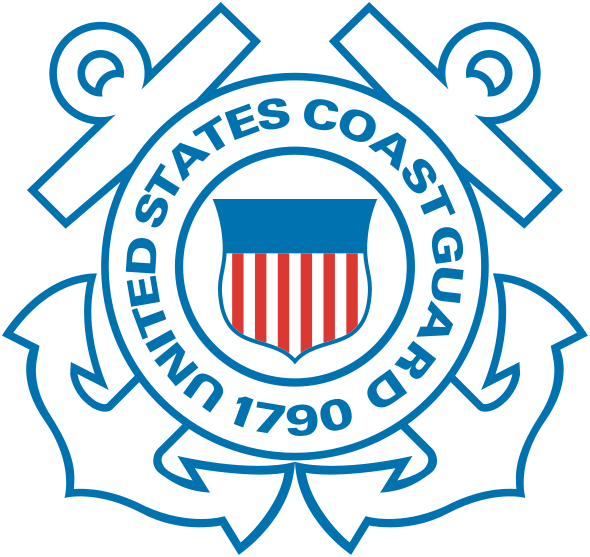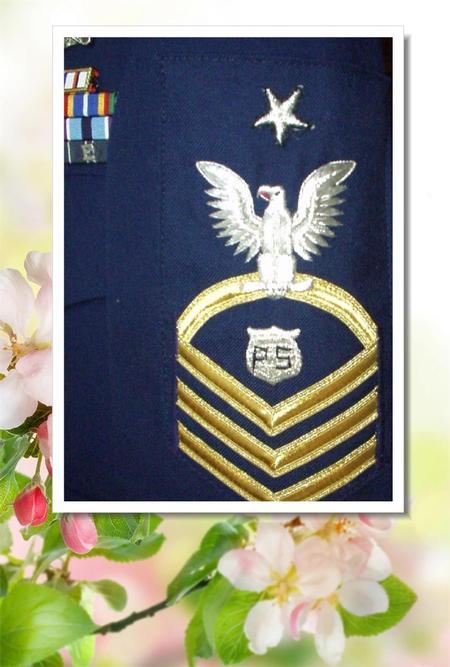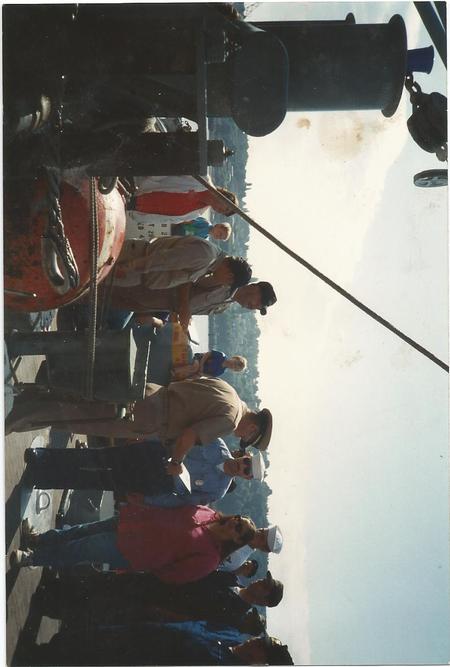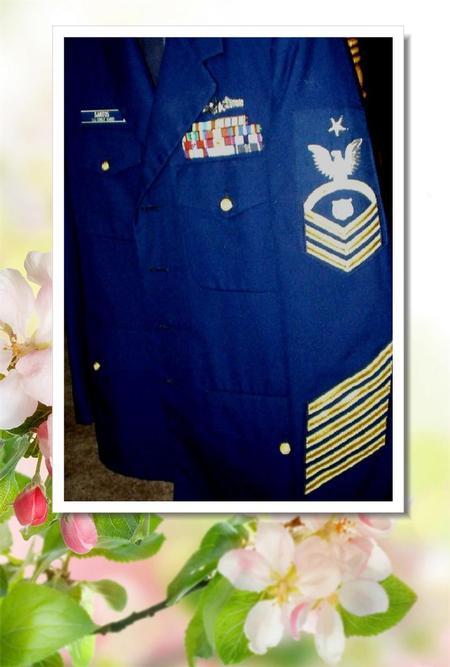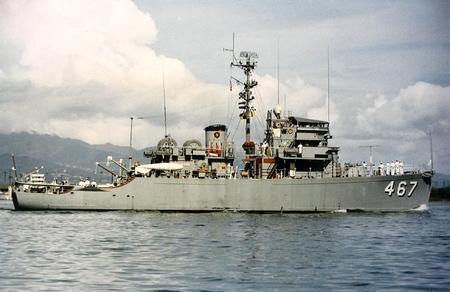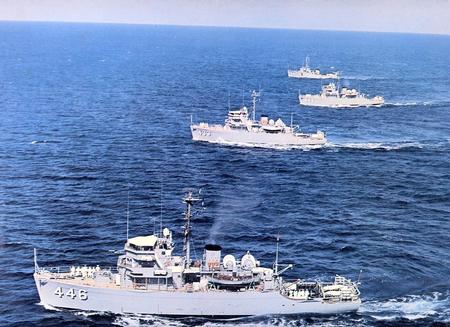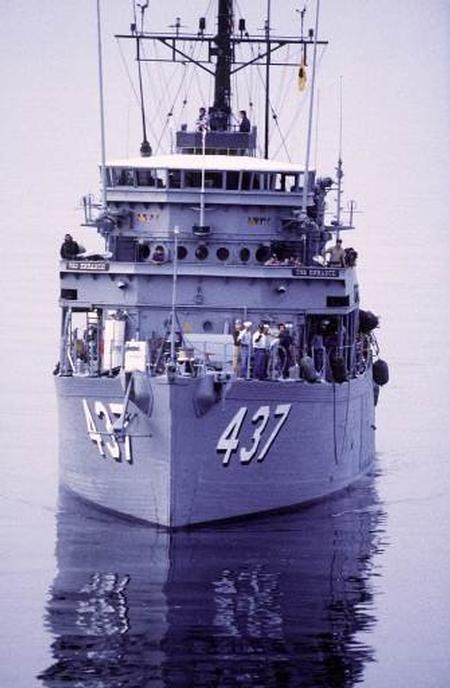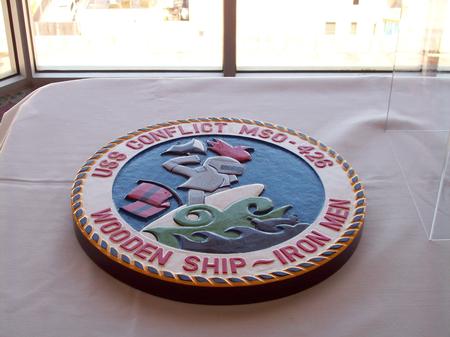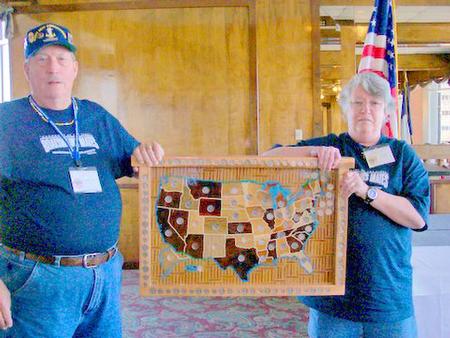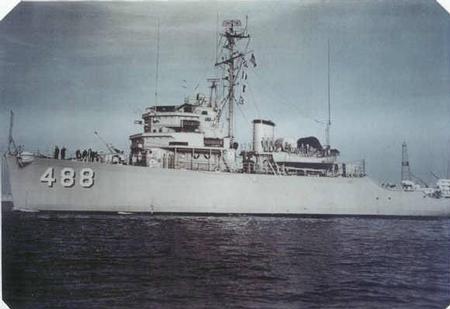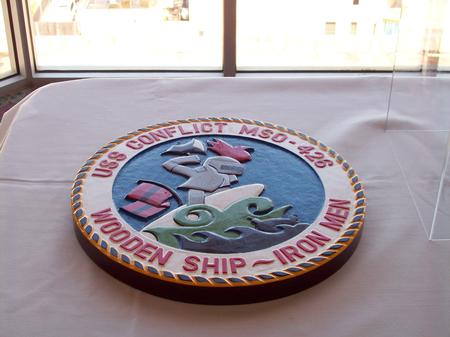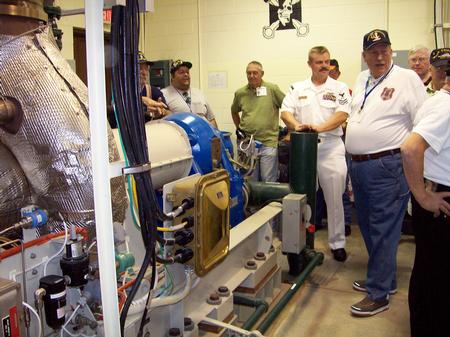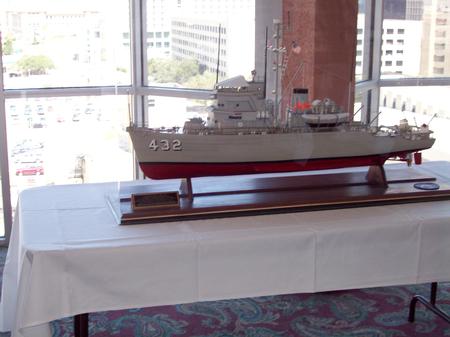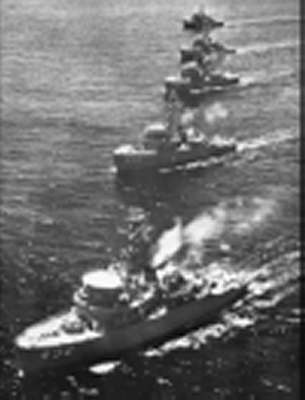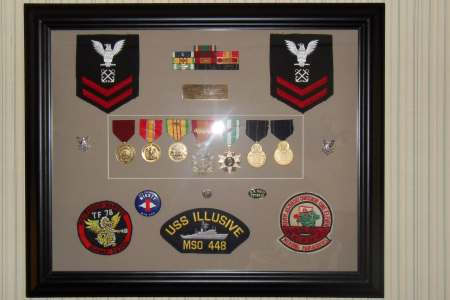ABOUT MSO Anchorage
- Ship Designation: MSO Anchorage was designated as MSO-113, where "MSO" stands for "Mine Sweeper, Ocean." This class of minesweepers played a crucial role in naval mine clearance operations during the Cold War era.
- Launch and Commissioning: MSO Anchorage was launched on 15 October 1953 by J.M. Martinac Shipbuilding Corporation, Tacoma, Washington, and commissioned into service on 17 November 1954.
- Wooden Hull: Like most ocean minesweepers of its time, MSO Anchorage featured a wooden hull construction to minimize its magnetic signature and reduce the risk of triggering magnetic mines.
- Namesake: The ship was named after Anchorage, Alaska, reflecting the Navy’s tradition of naming minesweepers after U.S. cities with maritime significance.
- Vietnam War Service: MSO Anchorage actively participated in "Operation Market Time" during the Vietnam War, helping to interdict the flow of supplies to North Vietnamese forces by sweeping mines and patrolling coastal waters.
- Pacific Deployments: The ship completed several deployments to the Western Pacific, frequently operating out of bases in Japan, the Philippines, and Guam, showcasing the U.S. Navy’s global reach.
- Heroic Rescue: During a typhoon in the Pacific, the crew of MSO Anchorage performed a daring rescue of fishermen whose boat had capsized, earning commendations for bravery and seamanship.
- Technological Upgrades: Over its service life, the ship underwent multiple refits, including the installation of advanced sonar and mine-hunting equipment to keep up with evolving threats.
- Decommissioning: MSO Anchorage was decommissioned on 1 October 1981 after nearly three decades of service, marking the end of an era for wooden-hulled minesweepers in the U.S. Navy.
- Legacy: Artifacts from MSO Anchorage, including its ship’s bell and logbooks, are preserved in naval museums, helping to educate future generations about the vital, often overlooked role of minesweepers in naval warfare.

